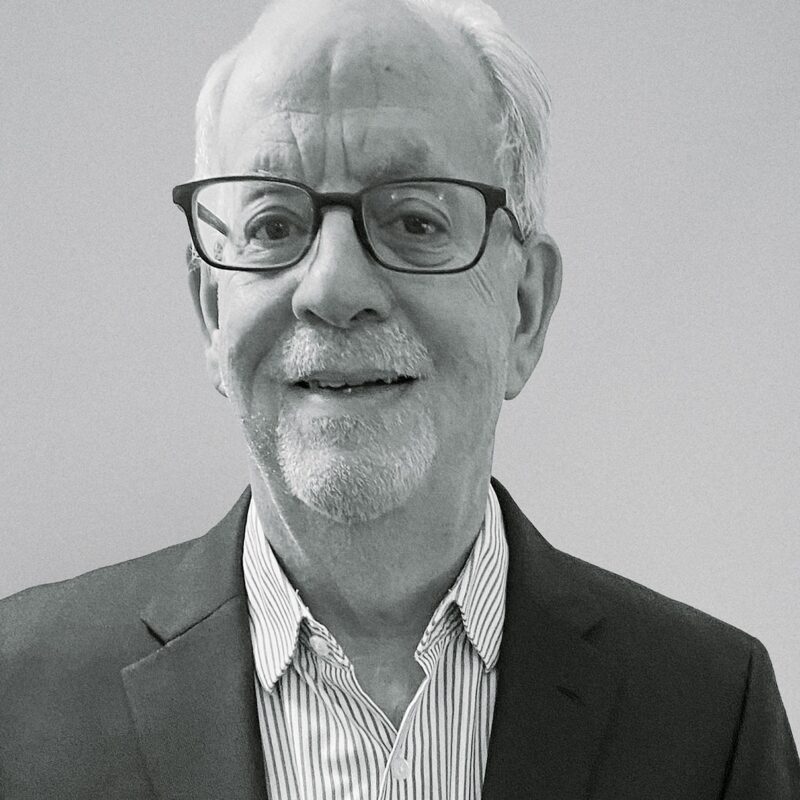Subscribe to Our Newsletter
Branding around what’s really important to customers
When you find yourself in a highly competitive field, with multiple companies offering similar products and services, branding around quality, functionality, and price can be a race to the bottom. In virtually every category, “Better, cheaper, faster” is a sure-fire way to lose the attention of your audience. When everyone says the same thing, people tune out.
In these situations, what’s the best way to get your prospects to sit up and take notice? Often, the answer lies in turning the lens on your prospects, answering the single most important question they have: “What’s in it for me?”
A recent branding initiative for an innovative energy company perfectly illustrates how focusing on the customer’s needs, not the company’s offerings, can make all the difference.
A spin-off creates an opportunity
Enwave is a Toronto-based leader in district energy, with a well-earned reputation for reliability and efficiency. In 2021, the company sold its U.S. business to two private equity firms. The newly independent entity needed a new brand, including a new name.
A bit of background on district energy. One of the fastest-growing segments of the energy industry, district energy systems are a highly efficient, environmentally sustainable way to heat and cool multiple buildings in a given locale from a central plant. They use a network of underground pipes to pump steam, hot water, and/or chilled water to multiple buildings in an area such as a downtown district, college, or hospital campus. Providing heating and cooling from a central plant requires less fuel and displaces the need to install separate heating and cooling and hot water systems in each building.
It might seem obvious that the new brand should focus on the clear advantages of district energy over other types of heating and cooling. And that would be the right approach if there was only one district energy provider in the U.S.
But in fact there are several such companies, and all offer pretty much the same thing. This red-hot category (pun intended) has attracted significant capital from private equity and other investors. Some of this capital is being used for marketing. To stand out, the new brand for the spun-off U.S. company has to do more than extol the benefits of the district energy model.
Sustainability? Not quite yet.
At first blush, focusing on the sustainable nature of district energy seemed like a good bet for the new brand. After all, the headlines are full of dire warnings about climate change, and every organization is under intense pressure to reduce its carbon footprint.
What’s more, a competitive analysis revealed that no district energy provider in the U.S. had created a brand around sustainability. Unfortunately, customer research showed why: while the sustainability benefit of district energy was highly valued in Canada and Europe, in the U.S. it is not yet a key driver of choice. Sustainability is an important message, but in the U.S. at least, it doesn’t move the needle among buyers.
What are the decision drivers? Customer research indicated that reliability was paramount. In addition to university campuses and residential buildings, district energy is widely used by hospitals and medical research institutions. For them, having reliable heating and cooling isn’t merely important; it can be a matter of life and death.
Ironically, however, the critical importance of reliability as a decision driver meant that it could not be a building block of the new brand: everyone in the category was messaging—and in many cases, branding—around reliability. The same was true with cost savings, another important benefit of district energy that came up in customer research. Here again, its very importance meant that every competitor was promoting it in its brand. Like sustainability, reliability and cost savings were important messages. But a brand is more than a message—it’s what sets a company apart and makes its value proposition memorable. Neither reliability nor cost savings rose to that level.
The Aha Moment
It was during an in-depth customer interview with a hospital facilities manager that an aha moment occurred. “We’re not in the business of heating and cooling,” the manager said. “We’re in the business of taking care of people’s health.”
Here was a promising territory for the brand: not what the client did, but what it made possible. By delivering reliable energy more cost-effectively, the company empowers the hospital system to devote more of its resources to its mission.
We tested this proposition on customers and prospects in different fields, and it resonated strongly. An executive at a residential community said they could convert the square footage freed up by outsourcing its heating and cooling systems into space for new amenities for residents. A university official talked about upgrading the school’s physical plant.
It wasn’t about what the energy company did. It’s what it empowered its customers to do. Across the entire category, no one was communicating this idea, that what they were offering wasn’t heating and cooling; it was the freedom to focus on what mattered most to them.
A brand is born
This empowerment brand was encapsulated in six words: “Discover the freedom to do more.” This phrase was more than a tagline. It became a rallying cry for the company and its employees. Every communication focused on a single, compelling message: we empower you to deliver on your mission by freeing up your financial and human capital—and your physical space. Pitch presentations, case studies, and marketing literature now focus less on what the company does and more on what its customers are doing.
Of course, the underlying reasons why this is possible—reliability, cost-savings, and sustainability—were not ignored. But they became proof points to the larger empowering message. Even the new name of the U.S. company, CenTrio, suggests this “trio” of benefits. It also points to the centrality of energy to customers’ operations.
The newly independent CenTrio quickly gained traction in the U.S. energy market. The focus on what the company makes possible, rather than what it does, has enabled it to stand out in a crowded field. In a resource-constrained marketplace, universities, hospitals, and residential communities are eager to find ways to “do more.” CenTrio’s brand promises to help them do just that.
To learn more about how to brand with customers in mind, contact us.



